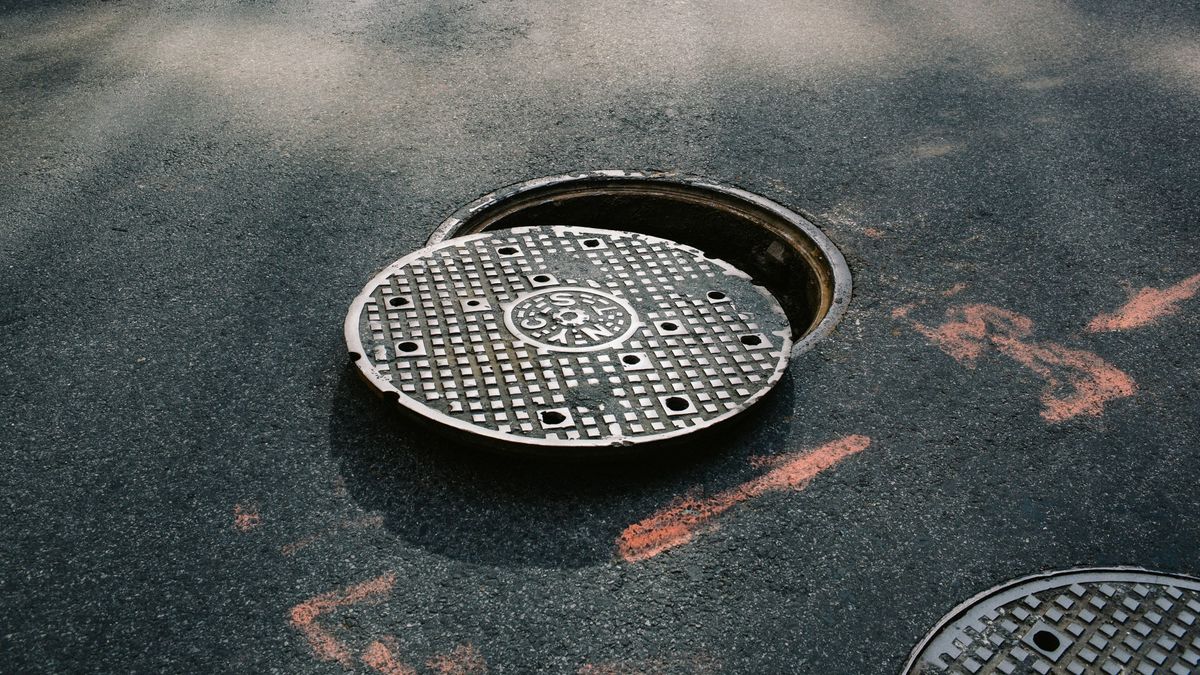
Why are manhole covers round?
There are many answers to the question "why are manhole covers round?"

Wander down a busy street in any large city, and you'll likely see them: manholes. They're pretty ubiquitous, spaced at regular intervals along the road.
Manholes, which are increasingly termed maintenance holes, serve a useful purpose: they are the openings, or access points, that lead down to an underground public utility, such as a sewer or a drainage system. Engineers, laborers and inspectors use them for the purpose of inspecting, cleaning, repairing and maintaining utilities.
But why exactly are manhole covers round? The glib answer is that the covers are round because the manholes themselves are round. The longer answer is that a host of practical, functional, engineering and economic decisions play into the decision to make something like a manhole cover round, said Josh Nelson, an associate professor in the Department of Design at San Jose State University in California.
According to Atlas Obscura, manholes date back to the mid-19th century when cities around the world were building underground sewage systems. Engineers realized that they needed to access the sewer systems for the purpose of inspecting the pipes during normal maintenance. Consequently, cities began digging access holes that could accommodate a human (as these workers were typically men, the access points were called "manholes") and these became the portals through which engineers or inspectors could crawl to investigate the pipes.
Manholes are covered by very heavy removable metal plates. According to Untapped Cities, a website that explores New York City, these manhole covers generally weigh between 200 and 300 pounds (90 and 136 kilograms) and are made from concrete or cast iron. Each manhole opening contains a lip around its edge on which the cover sits. These covers protect unwary pedestrians from inadvertently falling into the sewers, but also protect the sewers from debris, such as trash or organic materials, which typically collects on streets and could potentially clog sewers and water systems.
Related: Why do freezing pipes burst?

Most manhole covers are round. The shape of manholes has generated a surprising amount of speculation, and the query, "why are manhole covers round?" has not only become a bit of a cliché but is also a much-searched question on the internet. This question gained worldwide notoriety in the 1990s when Microsoft began to ask it during job interviews.
Sign up for the Live Science daily newsletter now
Get the world’s most fascinating discoveries delivered straight to your inbox.
In truth, there doesn't seem to be a single, overarching answer to the question, which is why Microsoft interviewers asked the question — it was a way for the interviewee to supply a creative answer.
Nelson would concur. The shape of many material objects, he said, is determined by a myriad of factors, including human perception and psychology, manufacturing processes, material economy and functionality.
"Manholes are in essence man-made holes," Nelson told Live Science, "and these are typically made from rotational tools, which tend to make circular shapes. So, a circular shape covering the manhole would be the best fit in terms of functionality. Anything else would be more complicated and less economical."
Another notable answer to this question — an answer that shows up consistently on internet searches — is that a round manhole cover, unlike a square one, will not fall back through its opening if rotated. A square cover, by contrast, could potentially fall through its opening if rotated diagonally.
Other practical reasons also explain why manhole covers are round. For example, once a round cover is removed, it can be transported easily, simply by rolling it along the ground. Or, equally practical, a round manhole cover is easier, less costly and more efficient to produce because its surface area is smaller than a square cover of comparable width.
Originally published on Live Science on Jan. 25, 2013 and rewritten on June 23, 2022.
Tom Garlinghouse is a journalist specializing in general science stories. He has a Ph.D. in archaeology from the University of California, Davis, and was a practicing archaeologist prior to receiving his MA in science journalism from the University of California, Santa Cruz. His work has appeared in an eclectic array of print and online publications, including the Monterey Herald, the San Jose Mercury News, History Today, Sapiens.org, Science.com, Current World Archaeology and many others. He is also a novelist whose first novel Mind Fields, was recently published by Open-Books.com.
